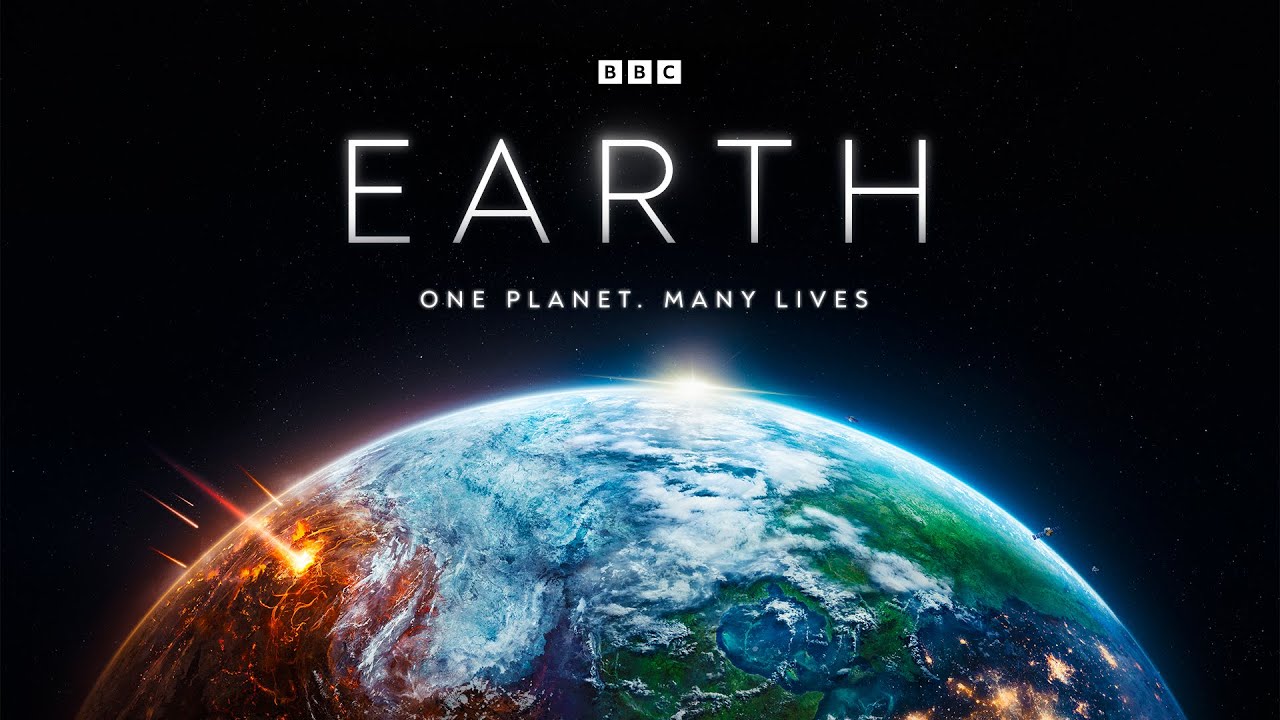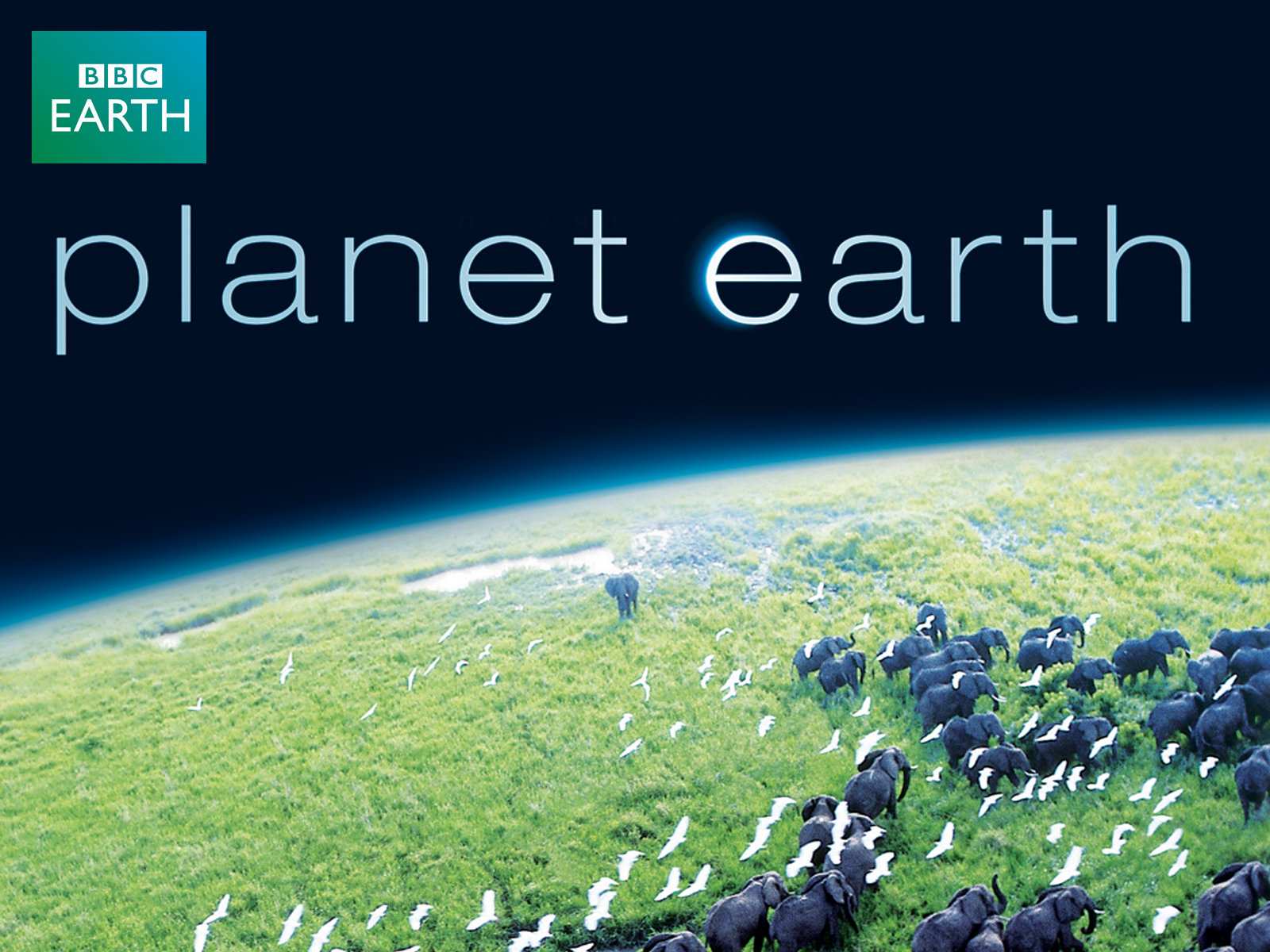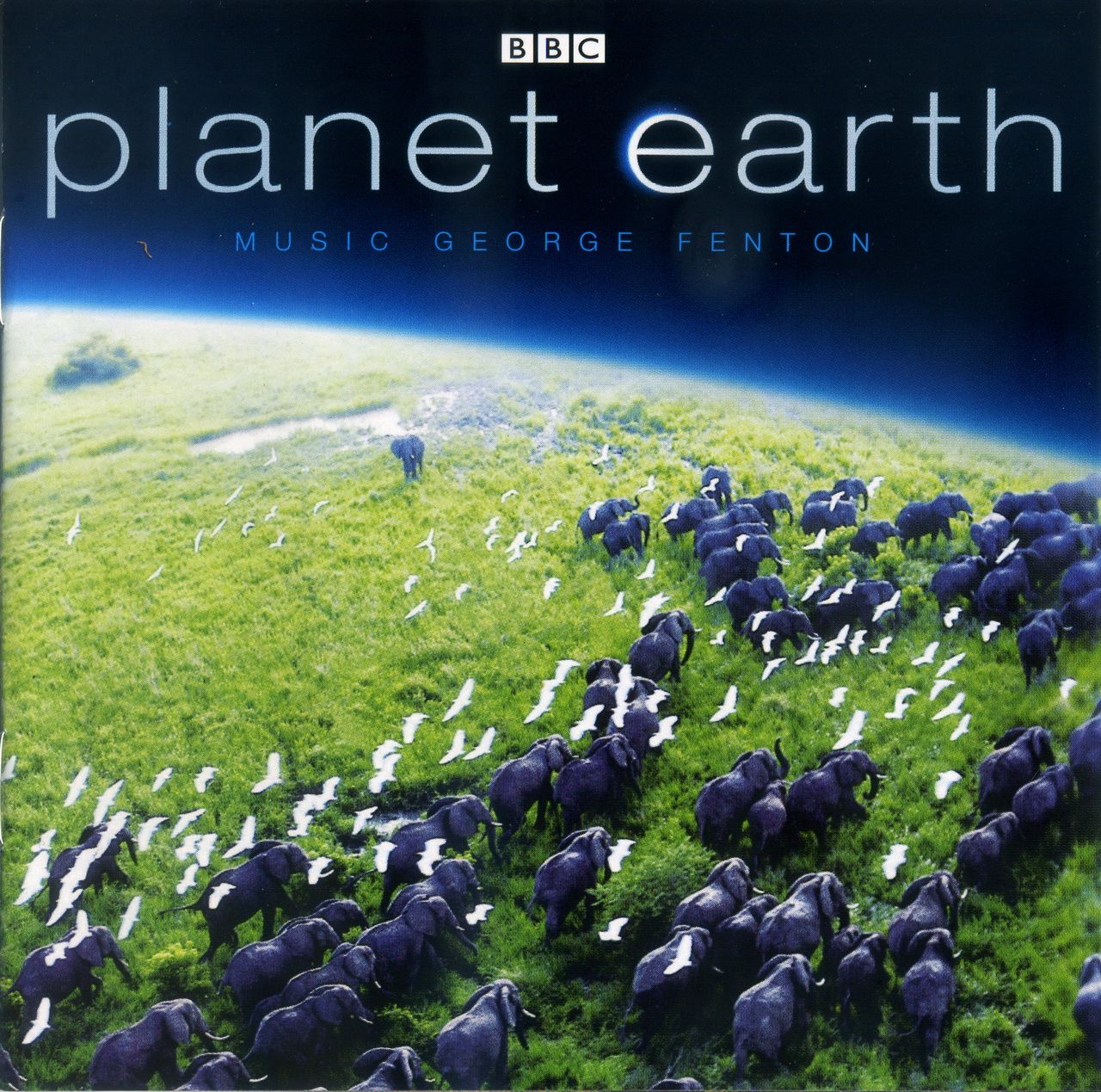The story of how Earth came into being is a captivating journey that begins billions of years ago. Understanding this tale isn't just about rocks and molten lava; it's about the intricate processes that transformed a cloud of gas and dust into the vibrant planet we call home. In this blog post, we'll explore how documentary videos on platforms like Dailymotion can provide fascinating insights into Earth's formation, bringing complex scientific concepts to life with stunning visuals and detailed explanations. Grab your snacks, and let's dive into this cosmic adventure!
Theories of Earth's Origin

When it comes to the origin of Earth, scientists have proposed several theories over the years, each adding a unique layer to our understanding of how our planet formed. Here are some of the most widely recognized theories:
- Big Bang Theory: This is the leading explanation about how the universe began. According to this theory, about 13.8 billion years ago, the universe expanded from a singularity. After the Big Bang, particles began to form, leading to the creation of galaxies, stars, and eventually planets.
- Solar Nebula Theory: This theory suggests that our solar system formed from a giant rotating cloud of gas and dust. As gravity pulled the material together, it formed the Sun at the center, while the remaining material clumped into smaller bodies—creating the planets, including Earth.
- Accretion Theory: This theory describes how particles and small rocks collided and stuck together over time, gradually forming larger bodies known as planetesimals. These planetesimals eventually merged to form a young Earth, which was initially molten due to intense heat from collisions and radioactive decay.
- Giant Impact Hypothesis: This theory posits that a Mars-sized body, often referred to as Theia, collided with the early Earth. This colossal impact was so powerful it not only contributed to the formation of Earth but also led to the creation of the Moon.
Documentary videos on Dailymotion often delve into these theories, using animations and expert interviews to break down complex concepts. Through these visual aids, viewers can better grasp the scientific ideas behind Earth's origins, making it an exciting way to learn about our planet's history.
Also Read This: Producing Electricity from Water at Home Through Dailymotion Video Tutorials
Documentary Videos Overview

When it comes to exploring the fascinating story of Earth’s origins, there’s a treasure trove of documentary videos available on Dailymotion. These videos capture the imagination, bringing you closer to understanding the vast timescales and incredible processes involved in our planet's formation. From animated reconstructions to expert interviews, there’s something for everyone. You can dive into topics such as cosmic dust, planetary collisions, and the gradual cooling of the Earth’s surface.
Here's a quick rundown of the types of content you can find:
- Animated Visualizations: These videos often use stunning graphics to depict complex processes like the formation of the solar system and the birth of planets.
- Expert Interviews: Hear from geologists, astronomers, and other scientists who provide insights based on the latest research. Their expertise can help demystify concepts that might otherwise seem overwhelming.
- Documentary Series: Some channels offer series that take a deep dive into geological time, explaining major milestones in Earth’s history in an engaging narrative format.
- Short Clips: Perfect for a quick watch, these clips condense essential information about Earth's formation into easily digestible segments.
All of these resources can enrich your understanding and make the journey of discovering Earth’s formation not only informative but also highly entertaining. Whether you’re a casual viewer or a budding geologist, these videos serve as a fantastic gateway into the mysteries that surround our planet.
Also Read This: Exploring Fun and Lighthearted Animated Content for Family Time on Dailymotion
Key Events in Earth's History

Understanding how Earth came to be involves recognizing several key events that marked significant changes over billions of years. Let's break down these milestones that shaped our planet’s history into digestible facts.
| Timeframe | Event | Description |
|---|---|---|
| 4.6 billion years ago | Formation of the Earth | The Earth began as a swirling cloud of gas and dust, which gradually coalesced to form the planet we know today. |
| 4.5 billion years ago | Molten State | During this time, Earth was predominantly molten, and its surface was a fiery mass due to intense volcanic activity. |
| 4.0 billion years ago | Formation of the Crust | The planet began to cool down, allowing a solid crust to form, marking the beginning of a more stable environment. |
| 3.8 billion years ago | Origin of Life | The earliest forms of life likely emerged in the oceans, leading to the complex biodiversity we see today. |
| 2.5 billion years ago | Great Oxygenation Event | Through photosynthesis, cyanobacteria began producing oxygen, dramatically altering Earth’s atmosphere and paving the way for new life forms. |
| 66 million years ago | Dinosaur Extinction | A massive extinction event, likely caused by an asteroid impact, led to the demise of the dinosaurs, allowing mammals to evolve and thrive. |
Each of these key events represents a chapter in Earth’s long and dynamic history. They are crucial for anyone interested in understanding not just how our planet was formed, but also how it continues to evolve even today. Take a moment to watch some documentaries that highlight these events; they can offer a vivid portrayal that enriches your appreciation of our planet’s journey through time.
Also Read This: How to Make Chocolate Without Cocoa Butter Alternative Recipe on Dailymotion
5. Impact of Documentaries on Our Understanding
Documentaries serve as windows into the world of learning, especially regarding complex subjects like the formation of Earth. Through documentary videos on platforms like Dailymotion, we gain accessible insights that otherwise might require extensive reading or research. The visual element plays a crucial role in making information more digestible and engaging.
Here are a few ways documentaries impact our understanding:
- Visual Context: Documentaries combine visuals, narratives, and expert interviews, providing a richer context. Seeing simulations of the Big Bang or the formation of tectonic plates allows us to envision these processes clearly.
- Emotional Engagement: Engaging storytelling can evoke emotions that dry textbooks might miss. This emotional connection can increase empathy and understanding towards scientific phenomena and environmental issues.
- Access to Experts: Documentaries often feature interviews with scientists and researchers, giving audiences direct access to expert knowledge and compelling conclusions.
- Encouraging Curiosity: A well-made documentary can spark curiosity and inspire viewers to dive deeper into subjects, prompting further research or even a change in career paths.
- Broadening Perspectives: Documentaries can present multiple viewpoints, encouraging critical thinking and a well-rounded understanding of complex topics.
Ultimately, documentaries are not just a source of information; they shape the way we perceive and understand our planet, its history, and its future.
6. Conclusion: The Importance of Visual Learning
In today’s fast-paced information age, visual learning has emerged as an essential educational tool. The saying "a picture is worth a thousand words" holds especially true for complex subjects like Earth’s formation, where visual representations can clarify and enhance understanding.
Here are a few reasons why visual learning is so impactful:
- Retention of Information: Studies suggest that people retain information better when it is presented visually. Combining visuals with narration or text helps reinforce concepts, making them easier to remember.
- Quick Comprehension: Visuals enable us to quickly grasp complex ideas. Infographics, animations, and videos distill large amounts of information into easily digestible formats.
- Inclusive Learning: Visual aids make learning more accessible, breaking down barriers for those who may struggle with traditional text-based learning methods.
- Engagement and Interaction: Engaging visuals keep viewers interested and motivated. Interactive elements in some documentaries, like quizzes or clickable graphics, also enhance the learning experience.
In conclusion, the documentaries available on Dailymotion do more than just present facts; they create a vibrant, engaging narrative of Earth’s history. As we continue to navigate a visual world, embracing visual learning will only deepen our understanding of our planet and its vast story. So, the next time you click on a documentary, remember you're not just watching; you're experiencing a journey through time!
 admin
admin







